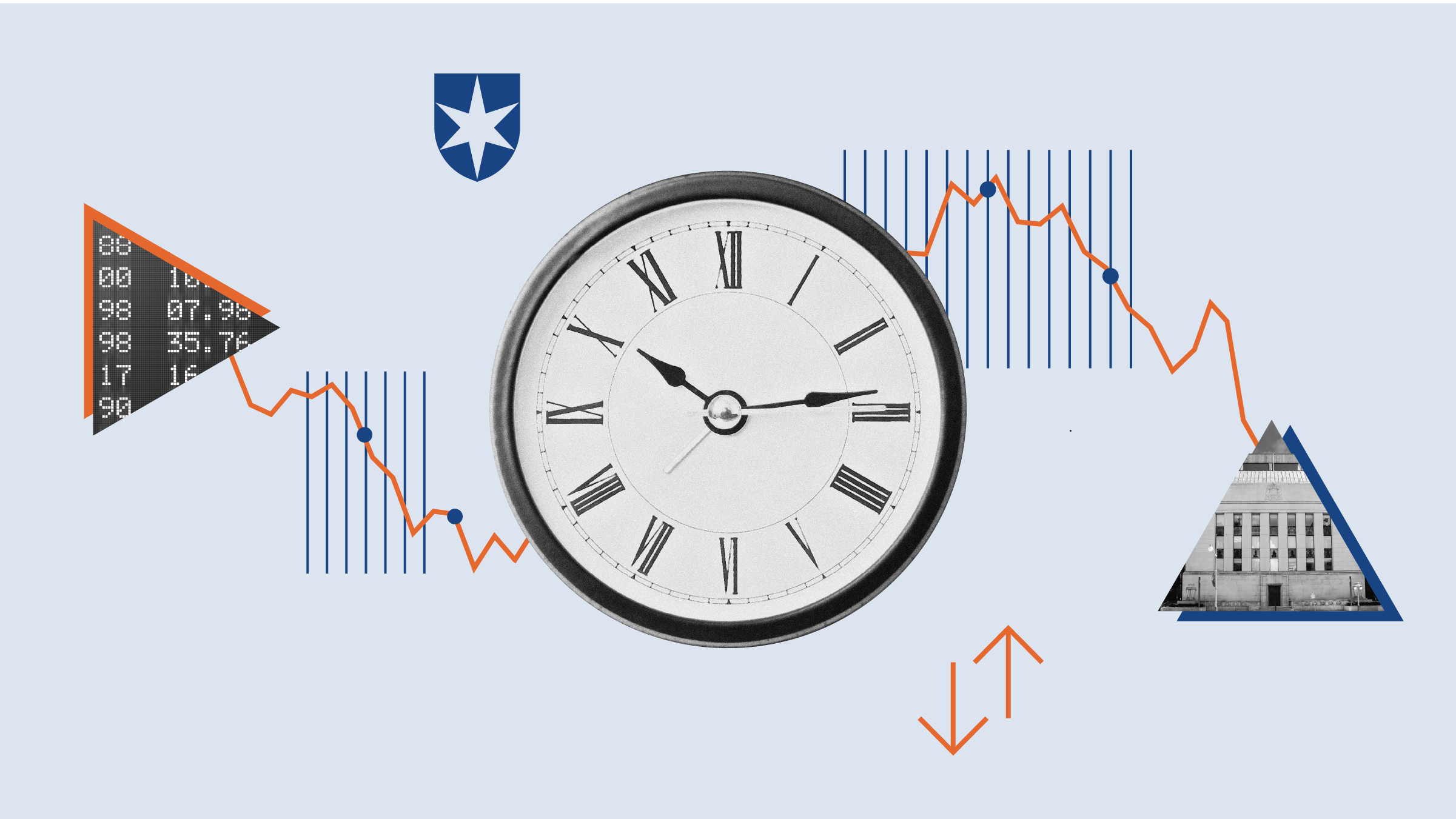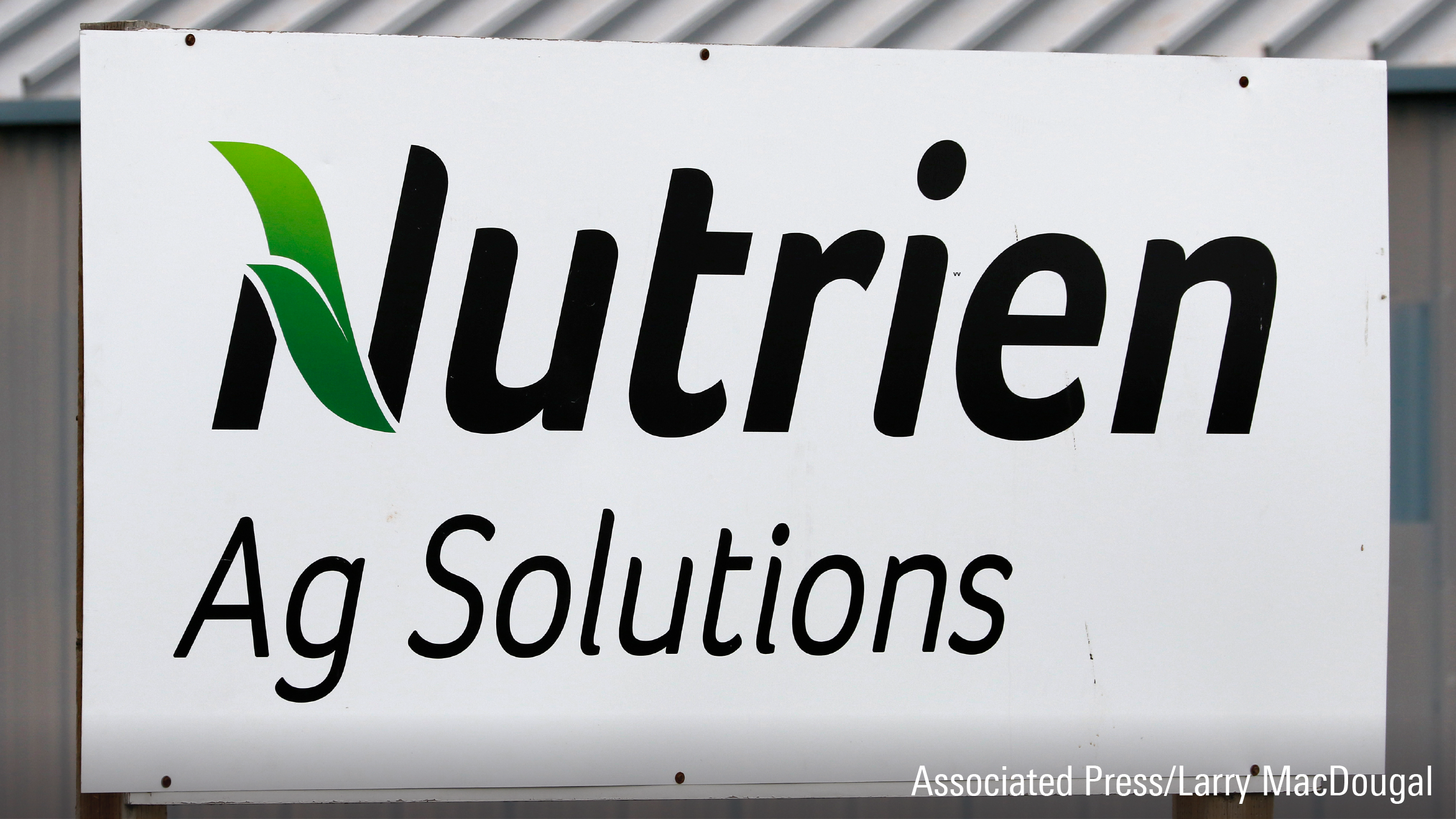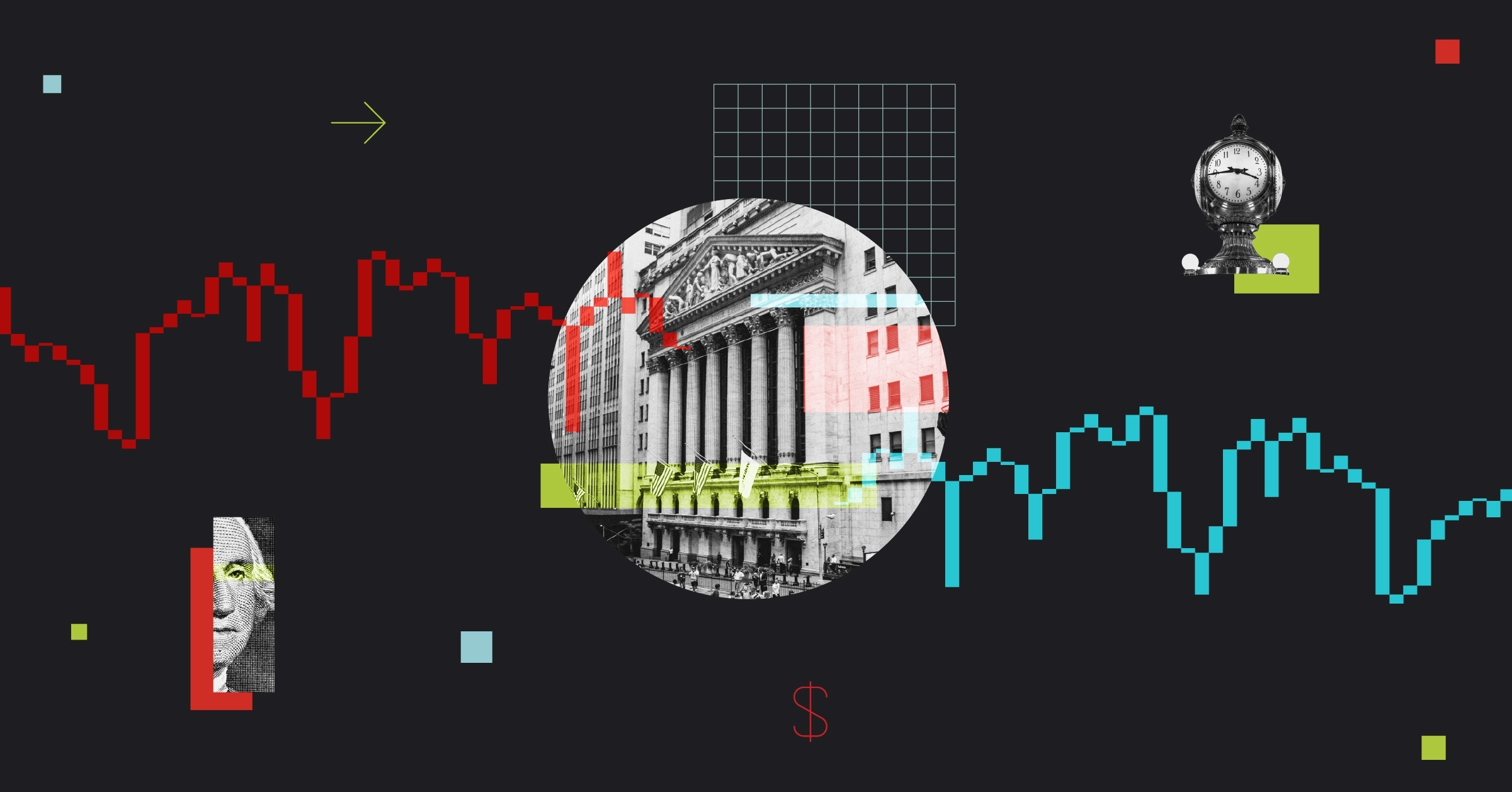While high-yield assets are generally expensive, the U.S.-listed Vanguard High Dividend Yield Index VYM and its Canadian counterpart, Vanguard FTSE Canadian High Dividend Yield VDY, are fine holdings that avoid gorging on the most overvalued sectors: real estate and utilities, a vice of more-aggressive high-yield strategies. By design the funds exclude real estate investment trusts, and their holdings are market-weighted, keeping their utilities allocations from growing big.
The funds strike a balance among market representation, yield and quality. Their construction is straightforward: Each year they rank stocks by their forward dividend yield according to consensus analyst estimates and include the highest-yielding ones in the portfolios until 50% of the eligible universe's aggregate market capitalization is reached. VYM and VDY exclude stocks forecast to not pay a dividend in the coming year.
Many investors own VYM or VDY for safety or income--both bad reasons. The Canadian ETF has only been offered since November 2012, but during the financial crisis the older U.S. option lost more than the S&P 500 from peak to trough. Its since-inception total return is close to the S&P 500's. An investor who lived off the dividends would have been no worse off than an investor in the lower-yielding S&P 500 who "manufactured" his own dividends by selling appreciated shares.

A better reason to own these ETFs is because one believes they provide a unique tilt that either enhances returns or reduces risk in one's overall portfolio. In other words, you believe their simple quantitative trading strategy will add value over the market.
It's a good thing, then, that VYM and VDY can credibly lay claim to such a quality. Their yield focus creates a value tilt, meaning the funds' holdings tend to be cheaper than the market by fundamental valuation ratios. Historically, cheap stocks have tended to beat expensive stocks, a pattern found in almost every equity market studied. The return generated by value stocks above growth stocks is called the value premium.
The case for VYM and VDY, then, really rests on how strongly you believe in the existence of a value premium, how you expect the value premium to behave, and how exposed these ETFs are to it.
The extent to which a fund is exposed to this premium is called its value loading. Stocks with high loadings tend to benefit more from the value premium. For example, if a fund's value loading is 0.5 and the value premium is 4% annualized (the historical realized premium for U.S. stocks from 1926 to 2013), the fund's excess returns attributable to its value exposure will be 2% (0.5*4%).
The estimated value loading for the U.S.-listed VYM has been around 0.5. If--and this is a big if--the historical value premium is a fair forecast of the future value premium, we can expect VYM to earn 2% excess annualized returns attributable to its value exposure over long periods of time.
Does this mean VYM can be reasonably expected to beat the broad market by 2%? Not so fast. First of all, VYM tends to emphasize larger, mature enterprises. Historically, such firms have tended to underperform riskier small caps. The large-cap emphasis reduces both expected return and volatility.
Second, it's not clear that the value premium should be as big as it's historically been. Buying cheap stuff is not necessarily riskier than buying expensive stuff. In fact, many investors would argue the opposite: Cheap assets are less risky, regardless of their volatility. One of the worst periods for value was the late 1990s, during the dot-com bubble, and one of the best periods was the aftermath of the bubble popping. In this case, value didn't work because it was riskier; value worked because the market went barking mad and priced "old economy" stocks at absurdly low valuations.
I hate to sound like a two-handed economist, but on the other hand, one could make a case for even higher returns for VYM, but not because of its value exposure. Some researchers argue there's a "quality premium," an excess return that accrues to stocks with high profitability, high payouts, high growth, and safety. That sounds an awful lot like many of the big names in VYM--Exxon Mobil XOM, Johnson & Johnson JNJ, Microsoft MSFT and so on.
Interestingly, VYM has historically had a surprisingly high quality loading: 0.4. The historical quality premium was 4%, suggesting VYM can enjoy a 1.6% (4%*0.4) tailwind because of it.
This naive analysis would suggest VYM stands to benefit from 3.6% annualized expected excess returns owing to its quality and value tilts. If that sounds too good to be true, it is. Quality and value stocks are already known to outperform, so a lot of quantitative hedge funds own them. Surely some of the juice has been squeezed out. There's also a fair amount of statistical uncertainty as to the "true" loadings one can expect.
I think a 1% or 2% excess return to VYM is a much more reasonable forecast over the long run. The bonus to value and quality won't come in a steady dribble but in fits and starts. The greatest rewards will arrive after the inevitable bad times, when investors abandon boring dividend stocks in droves, sending their prices plummeting. Investors who hold on for the long haul will likely be rewarded.
I've talked a lot about VYM's return on top of the stock market. But the U.S. stock market's returns will determine most of VYM's behaviour. I've said this before, and I'll say it again: U.S. stocks are expensive. A reasonable way to estimate long-run returns is to sum current dividend yield with expected real per-share dividend growth. The market's dividend yield right now is 2%. There's also a hidden yield boost thanks to net share buybacks. Let's say 0.5%. Real per-share dividends have historically grown about 1.5%. So you're looking at a 4% expected real return, after inflation, over a decade-plus horizon.
This simple analysis assumes the market's valuation multiple and profit margins stay constant. With interest rates so low and profits juiced by high margins, I think the market's long-term expected real return is lower than 4%. A 3% real expected return seems reasonable. Of course, there's a lot of uncertainty around this forecast.















